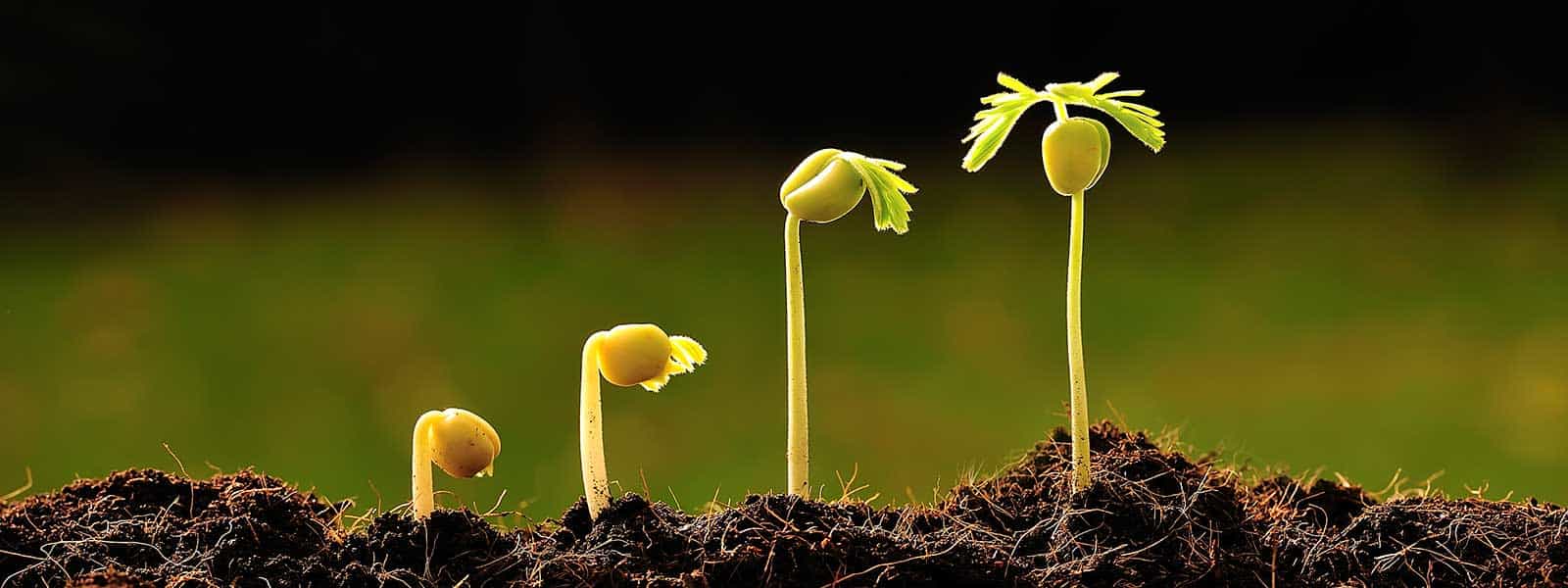It’s not Dirt, it’s Soil!
One cubic centimetre of soil contains more life than people on earth! Learn all about the creation of soil, the critters that inhabit it, and its importance in terrestrial ecosystems.
Curriculum Connections
- Understanding Earth and Space Systems: Soils in the Environment
- assess the impact of soils on society and the environment, and of society and the environment on soils
- Relating Science and Technology to Society and the Environment
- 1.1 assess the impact of soils on society and the environment, and suggest ways in which humans can enhance positive effects and/or lessen or prevent harmful effects
- 1.2 assess the impact of human action on soils, and suggest ways in which humans can affect soils positively and/or lessen or prevent harmful effects on soils
- investigate the composition and characteristics of different soils
- Developing Investigation and Communication Skills
- 2.2 investigate the components of soil (e.g., non-living things such as pebbles and decaying matter; living things such as organic matter, bacteria, earthworms, and insects), the condition of soil (e.g., wet, dry), and additives found in soil (e.g., pesticides, fertilizers, salt), using a variety of soil samples (e.g., sand, clay, loam) from different local environments, and explain how the different amounts of these components in a soil sample determine how the soil can be used
- 2.3 use scientific inquiry/experimentation skills …, and knowledge and skills acquired from previous investigations, to determine which type(s) of soil (e.g., sandy soil, clay soil, loam) will sustain life
- 2.4 investigate the process of composting, and explain some advantages and disadvantages of composting (e.g., set up a pop-bottle composter in the classroom, and observe what happens over time)
- demonstrate an understanding of the composition of soils, the types of soils, and the relationship between soils and other living things
- Understanding Basic Concepts 3.1 identify and describe the different types of soils
Post Camp Kawartha
Set up a Vermi-composting unit and/or a terrarium in your classroom
General information available here.
Sand, Soil, rocks, and Clay permeability Activity
- With your students collect sand, soil (various types of soil if you would like), rocks and clay from outside (if this is unavailable the educator may need to gather these materials elsewhere).
- This can be done as a class activity, or in smaller groups.
- Place the materials in separate funnels overtop of clear containers/jars (total of four, one for the clay, another for the sand, etc. – though you may have more than four containers if you were able to collect different types of soil)
- Have the students pour the same amount of water into the top of each funnel.
- Have the students observe and record the time and nature of the water drainage.
Collect different elements of soil outside in their larger forms (ex: rocks, dead leaves, decomposing bark, etc.)
- This is a fun way to talk about decomposition and the humus horizon with your students.
Hand lens walks/Hike (adapted from The Big Book of Nature Activities by Jacob Rodenburg and Drew Monkman)
- Take your class outside, ideally provide them each with a hand lens, and ask them to pay close attention to anything in the top 5 cm above ground level.
Mud Painting Activity
- Engage in a conversation about colours, specifically “Earth tones”. Why do we call them this? What colours come to mind? How would we describe the different colours we see on and beneath the top layer of the ground?
- Painting with the mud, bring some white paper and paintbrushes outside. Have the children paint pictures with the different colours of mud.
- Extension: Show the children different colours of soil and sand around the world/country.
Why not?
- Consider planting a patch of soil-improving plants, such as clovers, alfalfa, and buckwheat, which provide a veritable feast of nectar and pollen in the schoolyard.
Seed Sprouting Experiment
- With your students collect sand, soil (various types of soil if you would like), rocks and clay from outside (if this is unavailable the educator may need to gather these materials elsewhere).
- Place each material in separate containers, one container could also hold a mix of the different materials if desired.
- Plant seeds in each container. Observe the successes, or lack thereof, with your class. Discuss why.
Edible Soil Horizons (Layers) (as seen on Pinterest)
- Create edible soil horizons with your students. Have the ingredients in a communal area and provide each student with a clear reusable jar/container. Have them fill their jar/container with the various components of soil as you teach them about the different parts.
- Organic Layer – dyed green shredded coconut or green sprinkles and gummy worms
- Top Soil – crushed Oreos
- Sub Soil – chocolate pudding (can be made very easily by hand and free of allergens) or melted chocolate
- Parent rock – a mix of chocolate and butterscotch chips and crushed graham crackers
- Bedrock – A full cookie
This is a fun, hands-on exercise that helps students see what the different horizons feel like.

